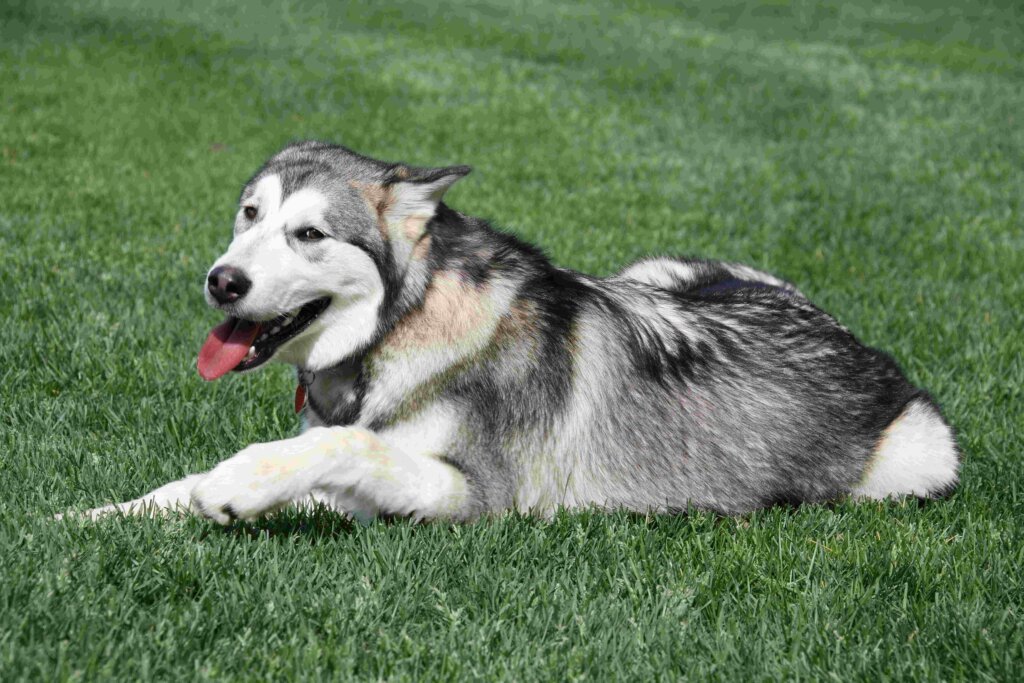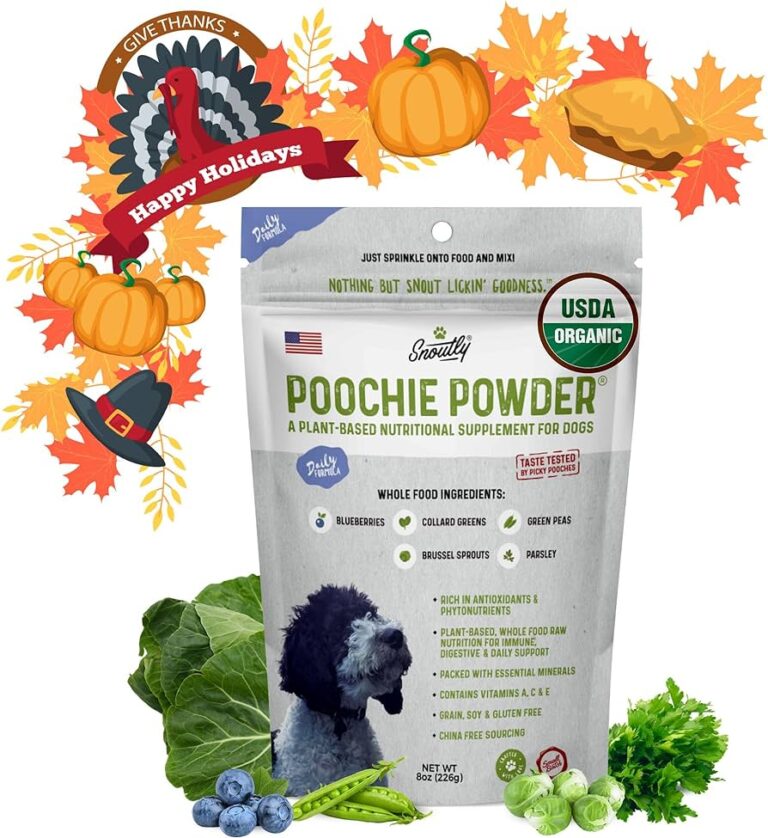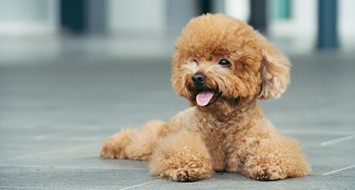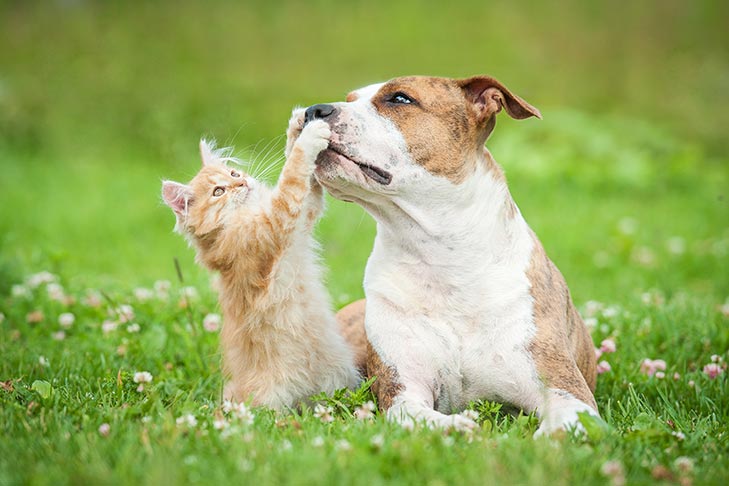How to Help Small Dogs Breed with Large Ones: Expert Tips
Last Updated on May 19, 2024 by Petpalace54
To assist a small dog breeding with a large dog, you may need to seek veterinary assistance and perform artificial insemination. Breeding between two vastly different sized dogs can lead to complications during natural mating, putting both dogs at risk of injury or health issues.
Natural mating can cause injuries or strain on the smaller dog, leading to potential health complications. Moreover, breeding dogs of different sizes can cause other issues such as resulting puppies with unpredictable sizes and temperaments. Therefore, it’s important to follow guidance from a veterinarian who can explain the necessary steps to ensure a successful breeding and safe pregnancy for both dogs. This article will provide guidance & Expert Tips on How to Help Small Dogs Breed with Large Ones and ensure the health of the resulting litter.
Table of Contents
How to Help Small Dogs Breed with Large Ones: Understanding The Risks
Assisting a small dog to breed with a large dog comes with potential risks. It’s important to understand the physical limitations of the smaller dog to prevent injury or harm during the breeding process. Consulting a veterinarian & carefully monitoring the breeding process can minimize the risks involved.
Understanding the Risks:
Breeding small dogs with large ones is a complex process that requires attention to detail, and there are many risks involved. Even though it is common to see these different-sized dogs together, breeding them is not as convenient as you may think. While it might appear like a beneficial undertaking, it can lead to severe health complications for both parents and offspring. In this section, we will discuss the potential health risks and issues that arise from breeding small dogs with large ones.
Why Breeding Small Dogs with Large Ones is Risky
The genetic differences between small and large dogs increase the risks involved in mating. Small dogs tend to have fragile bones and petite body frames, making them vulnerable during pregnancy. On the other hand, large breeds have bigger body frames & extensive physical structures that can make mating difficult. These differences make the breeding process riskier and can lead to severe injuries.
Potential Health Issues in Offspring
When small breeds mate with larger ones, the offspring inherit a variety of physical and health traits from both parents. These traits can result in problematic health issues for the puppies, requiring medical attention. The offspring may inherit health-related issues such as hip dysplasia, breathing difficulties, heart disease, and more. These health issues can affect the puppies’ quality of life & lead to costly treatments, which can burden their owners.
In conclusion, while breeding small dogs with large ones may seem like a good idea, it is essential to consider the potential risks and the potential health issues of the offspring. People who are considering breeding their dogs should seek the advice of a qualified veterinarian to avoid any complications. With the right precautions, small dogs can mate with larger breeds with little to no issue. However, it is always better to be safe than to be sorry when it comes to the health and wellbeing of these adorable creatures.

Credit: www.amazon.com
Preparing For Successful Breeding
Preparing for successful breeding needs attention to detail, and it is vital to take all necessary measures to ensure the best outcome for both dogs. As a responsible breeder, there are several steps that you can take to prepare for successful breeding. This post will explore the important aspects that should be covered when preparing to breed a small dog with a large dog.
Choosing The Right Breeding Pair
The first step is to choose the right breeding pair. While size differences can cause complications in breeding, selecting the right breeding pair can help reduce the risk of these complications. It is important to consider the breed standards, as well as the compatibility of the two dogs. Look for a male that is slightly smaller than the female to avoid any complications.
Genetic Testing And Health Checks
Before breeding, it is crucial to conduct genetic testing and health checks for both dogs. Genetic testing can help identify any potential health risks and prevent the transfer of genetic disorders to the puppies. Health checks are necessary, as any underlying health issues can cause complications during pregnancy and delivery. Regular vet visits can help identify any issues that might arise during the breeding process & help to address them in time.
Nutrition And Exercise For Both Dogs
Proper nutrition and exercise are essential for maintaining the health of the breeding pair. It is important to provide a nutritionally balanced diet that meets the specific nutritional requirements of each dog. The female dog should be given a high-quality diet, rich in protein and fat, to support the development of her puppies. Regular exercise is also crucial, as it helps to maintain optimal health and reduces the risk of complications during pregnancy & delivery.
Creating The Optimal Breeding Environment
Creating the optimal breeding environment is essential for successful breeding. This includes providing a clean and comfortable space for the dogs, free from any distractions. It is essential to ensure that the breeding takes place at the right time in the female’s cycle, which can be determined by monitoring her heat cycle. Creating a calm & stress-free environment is essential for successful breeding.
However, by following these steps, you can help ensure a successful breeding between a small and large dog. These steps can help reduce the risk of complications & increase the chances of producing healthy and robust puppies.
How to Help Small Dogs Breed with Large Ones: Breeding Process
Assisting a small dog breeding with a large dog can be a challenging process. It is important to ensure the safety of both dogs during the breeding process, and to be aware of the potential risks involved. It is recommended to seek the guidance of a professional breeder or veterinarian to assist in this process.
Breeding a small dog with a large dog can be a risky process but it is possible. It requires careful planning, monitoring and some techniques to ensure the successful mating process. It is essential to understand the different breeding techniques to determine which method suits your dog’s breeding requirements. Here, we will discuss the two breeding techniques – Natural Breeding Techniques and Artificial Insemination.
Natural Breeding Techniques
The natural breeding technique involves mating a small dog with a large dog without any human intervention. This technique requires a careful introduction of the two dogs and monitoring their behavior during the mating process. Here are some tips for the natural breeding technique:
- Ensure that the female dog is healthy & ready for mating
- Introduce the dogs in a neutral territory
- Supervise the mating process to ensure the safety of both dogs
- Allow the dogs to mate naturally
- Monitor the female dog for pregnancy signs & consult a vet for regular checkups
Artificial Insemination
Artificial insemination is a breeding technique that involves transferring semen from a male dog into the female dog’s reproductive system without the natural mating process. This technique is preferred when natural breeding is not possible, or there is a risk of injury to the small dog. Here are some tips for artificial insemination:
- Consult a vet for the artificial insemination procedure
- Collect the semen from the male dog and prepare it for the insemination process
- Insert the semen into the female dog’s reproductive system using a catheter or syringe
- Monitor the female dog for pregnancy signs and consult a vet for regular checkups
In conclusion, breeding a small dog with a large dog requires careful planning, monitoring, and the appropriate breeding technique. By using the natural breeding technique or artificial insemination, you can increase the chances of a successful breeding process and a healthy litter. Consult a vet for advice on which breeding technique to use and for regular checkups throughout the process.

Credit: www.amazon.com
Post-breeding Care
Assisting a small dog breeding a large dog requires careful attention to post-breeding care. Due to their size, small dogs may experience complications during pregnancy and whelping, such as difficulty giving birth or nursing. Close monitoring and timely veterinary care can help ensure the health and safety of both the mother and puppies.
Breeding a small dog with a large dog can be a delicate process, but with proper care, it can be successful. Post-breeding care is crucial to ensure the health and wellbeing of both the dam and the newborn puppies. Now, we’ll discuss the important factors to consider during post-breeding care, including caring for the pregnant dam, preparing for the birth of the litter, and caring for the puppies after birth.
Caring For The Pregnant Dam
During the pregnancy period, the pregnant dam requires extra attention and care. Some important tips to take care of the pregnant dog include providing a well-balanced diet with all the necessary nutrients and vitamins that she and her little ones require. The dog should have safe, secure, and comfortable housing & a regular exercise routine tailored to her individual needs.
Preparing For The Birth Of The Litter
Preparing for the birth of the litter is crucial as it is vital for the health of the newborn puppies and the dam. Prior to the birth, the dam should have a quiet, comfortable, and private location to give birth. This area should be free of disturbances, and the dam should have an easy-to-reach and comfortable nest, along with clean water and a healthy meal nearby.
Preparing the supplies beforehand is equally important, and you will need items such as clean towels, scissors, dental floss, & sterilized equipment such as hemostats. Likewise, you should keep the contact information of a vet on hand in case of an emergency.
Caring For The Puppies After Birth
Caring for newborn puppies after birth is crucial to their health and wellbeing. The puppies should be dried with a clean towel and stimulated to breathe with a gentle massage with a clean cloth. The puppies should be kept warm and fed from the belly of the mother.
Yes, you should ensure that the location where the puppies are kept is clean and hygienic, and that the area is kept warm and free of draughts. You should check the puppies regularly for any signs of discomfort, such as fever or poor nursing behavior. Additionally, keep a close eye on the dam and make sure she’s recovering well.
Ultimately, post-breeding care is crucial to ensure the health and wellbeing of the dam and the newborn puppies. By caring for the pregnant dam, preparing for the birth of the litter, and caring for the puppies after birth, you can guarantee a successful & happy experience for both the dam and the puppies.
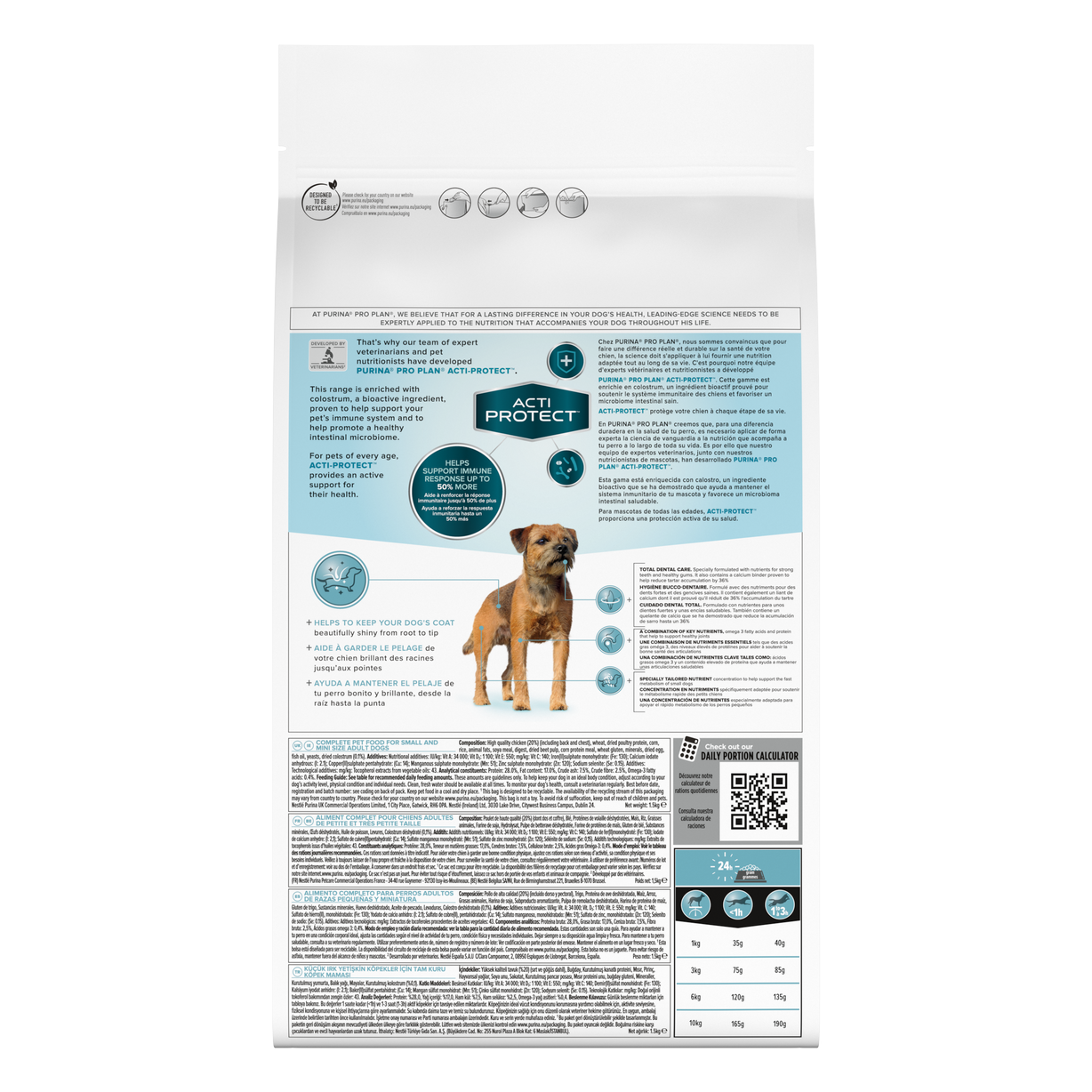
Credit: www.shop.myfamilyvets.co.uk
Frequently Asked Questions Of How To Assist A Small Dog Breeding A Large Dog
Can A Smaller Dog Breed With A Larger Dog?
Yes, a smaller dog breed can mate with a larger dog. However, it can be dangerous for the smaller dog during the breeding process and may require veterinary assistance. Additionally, it is important to note that breeding two different sized dogs can result in health issues for the puppies.
What To Do If A Big Dog Gets A Little Dog Pregnant?
If a big dog gets a little dog pregnant, seek veterinarian assistance immediately. Small dogs carrying large litter can cause various complications during pregnancy & delivery that can be life-threatening. In some cases, a C-section may be necessary to save both the mother and the puppies.
How Can You Help Two Dogs Mate?
To help two dogs mate, you can ensure that they are both healthy and in the right reproductive stage. Provide a comfortable & safe space for them to mate, & separate them if the process becomes aggressive. It’s best to have an experienced breeder or veterinarian supervising the process.
Can I Breed My Dog With A Bigger Dog?
No, breeding a smaller dog with a bigger dog could lead to several health complications, including potentially fatal risks for the smaller dog. It’s essential to consider the welfare of both dogs and consult with a veterinarian before breeding.
Finale
It can be challenging to assist a small dog breeding with a large dog, but with proper preparation and attention, it can lead to successful litters. Remember to monitor their interactions carefully and provide proper nutrition and veterinary care. Ensure the female dog is in good health and at the right age to breed, and seek help from a professional if necessary.
By following these How to Help Small Dogs Breed with Large Ones guidelines, you can support your furry friends & navigate the breeding process with confidence.

